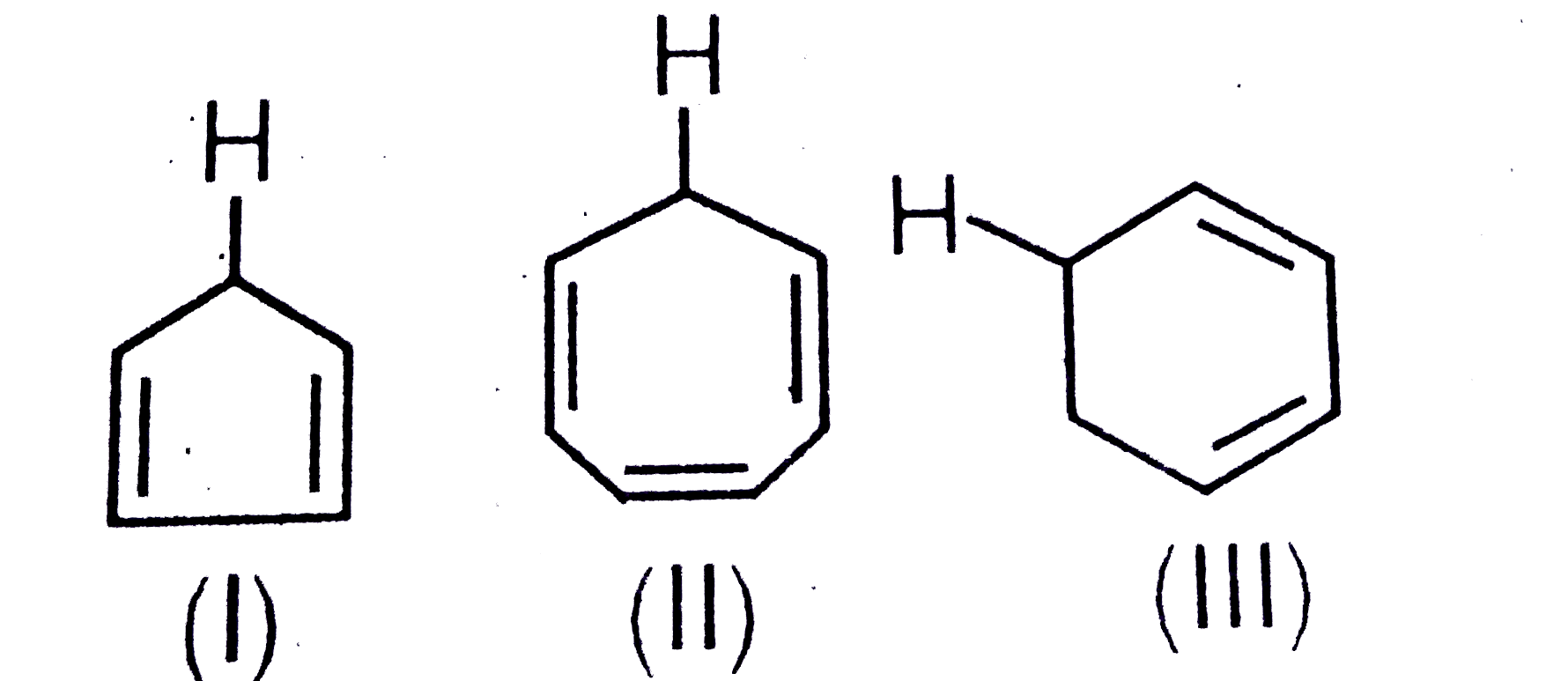Which out of the following substituent increases the acid strength of phenol.
- CN or -NH2
To determine which substituent increases the acid strength of phenol between -CN (cyanide) and -NH2 (amino), we can follow these steps:
Step 1: Understand the Structure of Phenol
Phenol is a benzene ring with a hydroxyl (-OH) group attached. The acidity of phenol is influenced by substituents attached to the benzene ring.
Step 2: Identify the Effects of Substituents
- -CN (Cyanide): This group is an electron-withdrawing group due to its -I (inductive) and -R (resonance) effects. It pulls electron density away from the benzene ring and the -OH group.
- -NH2 (Amino): This group is an electron-donating group because it has a lone pair of electrons that can be donated to the benzene ring through resonance (+R effect). However, it also has a -I effect, but it is weaker compared to its +R effect.
Step 3: Analyze the Impact on Acid Strength
- The acidity of phenol is directly related to the ability of the -OH bond to release a proton (H+).
- An electron-withdrawing group like -CN decreases the electron density around the -OH bond, weakening it and making it easier for the phenol to lose a proton. This increases the acid strength.
- Conversely, the -NH2 group increases the electron density around the -OH bond, strengthening it and making it harder for the phenol to lose a proton. This decreases the acid strength.
Step 4: Conclusion
Since the -CN group is an electron-withdrawing group and increases the acidity of phenol, while the -NH2 group is an electron-donating group and decreases the acidity, we conclude that:
The -CN (cyanide) group increases the acid strength of phenol compared to the -NH2 (amino) group.
Final Answer
The substituent that increases the acid strength of phenol is -CN (cyanide).
---
Phenol is a benzene ring with a hydroxyl (-OH) group attached. The acidity of phenol is influenced by substituents attached to the benzene ring.
- -CN (Cyanide): This group is an electron-withdrawing group due to its -I (inductive) and -R (resonance) effects. It pulls electron density away from the benzene ring and the -OH group.
- -NH2 (Amino): This group is an electron-donating group because it has a lone pair of electrons that can be donated to the benzene ring through resonance (+R effect). However, it also has a -I effect, but it is weaker compared to its +R effect.
- The acidity of phenol is directly related to the ability of the -OH bond to release a proton (H+).
- An electron-withdrawing group like -CN decreases the electron density around the -OH bond, weakening it and making it easier for the phenol to lose a proton. This increases the acid strength.
- Conversely, the -NH2 group increases the electron density around the -OH bond, strengthening it and making it harder for the phenol to lose a proton. This decreases the acid strength.
Since the -CN group is an electron-withdrawing group and increases the acidity of phenol, while the -NH2 group is an electron-donating group and decreases the acidity, we conclude that:
The substituent that increases the acid strength of phenol is -CN (cyanide).
Topper's Solved these Questions
- BOOK - ICSECHAPTER - ALCOHOLS, PHENOLS AND ETHERS EXERCISE - EXERCISE (PART-I Objective Questions)25videos
ALCOHOLS, PHENOLS AND ETHERS
- BOOK - ICSECHAPTER - ALCOHOLS, PHENOLS AND ETHERS EXERCISE - EXERCISE (PART-I Objective Questions) (Choose the correct alternative)52videos
ALCOHOLS, PHENOLS AND ETHERS
- BOOK - ICSECHAPTER - ALCOHOLS , PHENOLS AND ETHERS EXERCISE - SOURCE BASED QUESTIONS4videos
ALCOHOLS , PHENOLS AND ETHERS
- BOOK - ICSECHAPTER - ALDEHYDES, KETONES AND CARBOXYLIC ACIDSEXERCISE - EXERCISE (PART-II DESCRIPTIVE QUESTIONS) ( LONG ANSWER QUESTIONS)478videos
ALDEHYDES, KETONES AND CARBOXYLIC ACIDS
Similar Questions
Knowledge Check
- Question 1 - Select One
Which of the following substituents will decrease the acidic strength of phenol?
A−NO2B−CNC−CH3D−CHO - Question 2 - Select One
Which of the following substance will increase the acidity of phenol ?
ADil. H2SO4BDil. HClCconc. H2SO4Dconc. CH3COOH - Question 3 - Select One
Which of the following represents the correct order of acidic strength ?
AHOCI lt HOBr lt HOIBHOCI lt HOI lt HOBrCHOBr lt HOI lt HOCIDHOI lt HOBr lt HOCI
Which of the following orders is true regarding the acidic nature of phenols ?
View SolutionWhich of the following gives the correct increasing order of acid strength?
View SolutionArrange the following in increasing order of acidic strength
 View Solution
View SolutionWhich of the following is correct order of acidic strength
 View Solution
View SolutionOrder of increasing acidic strength
 View Solution
View Solution

